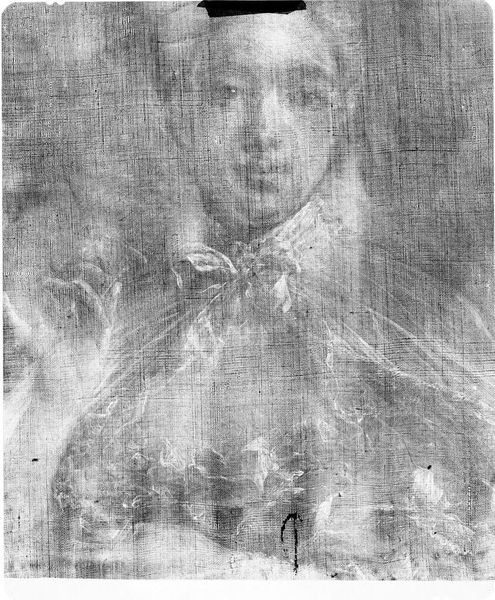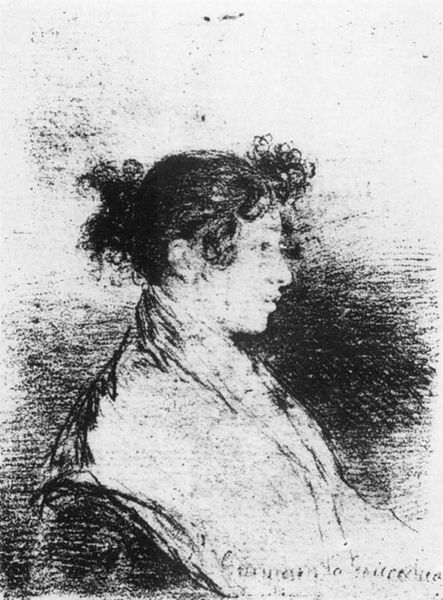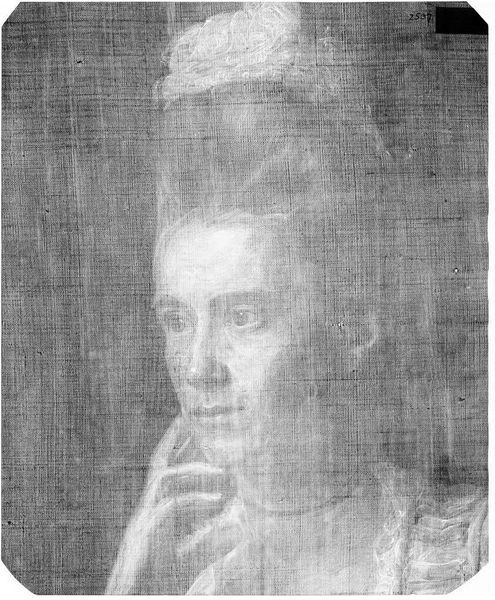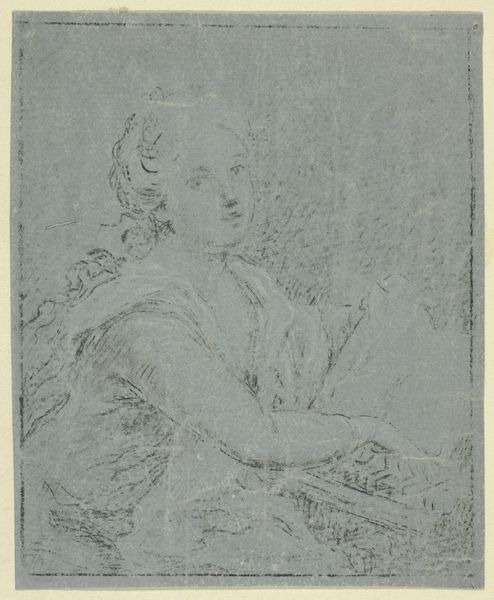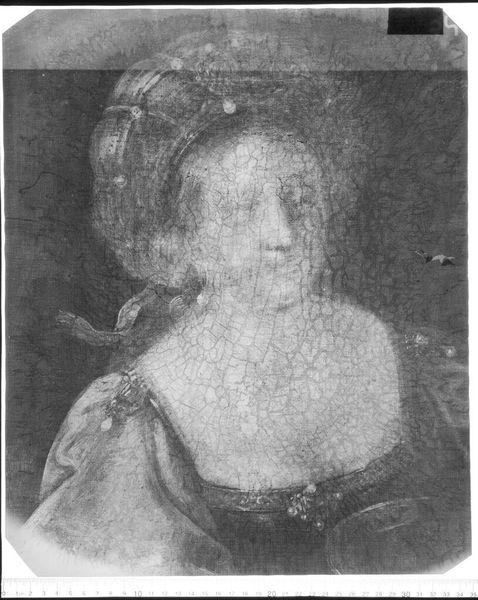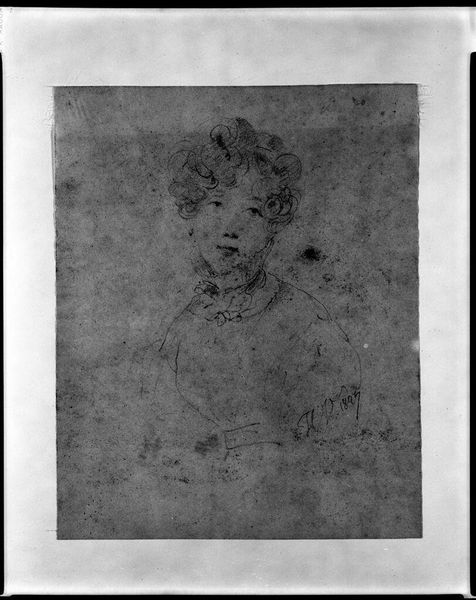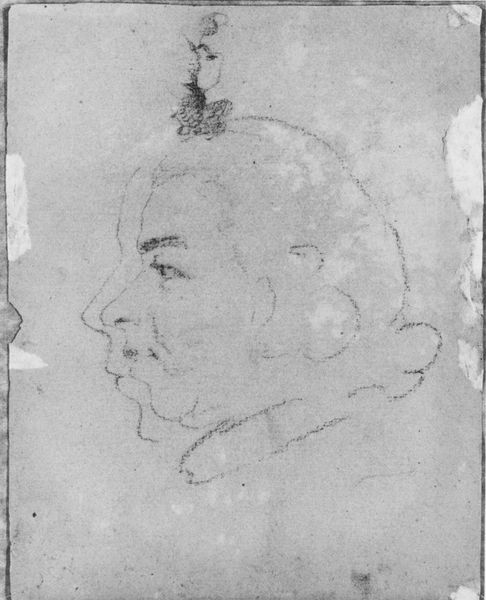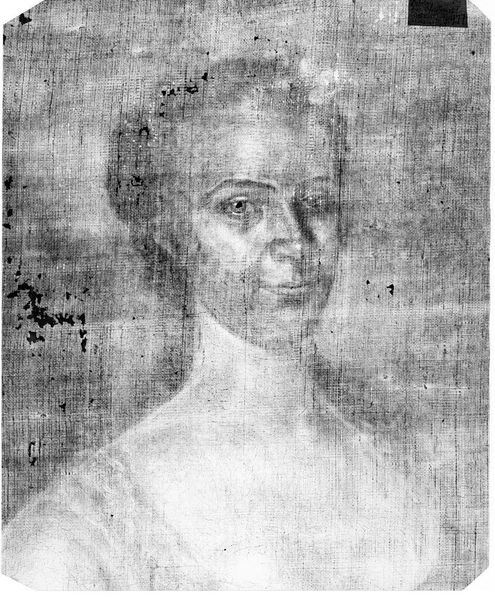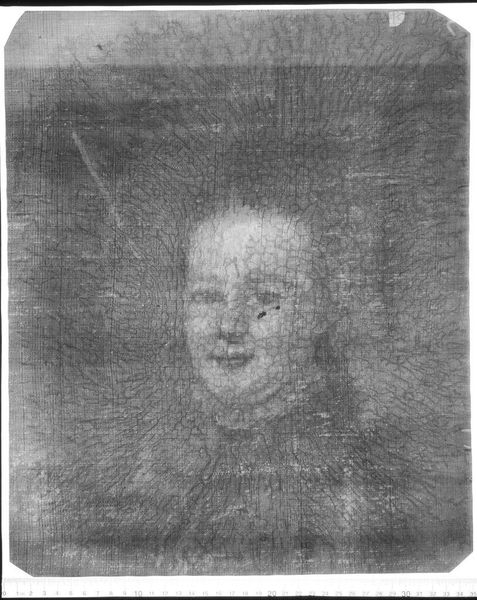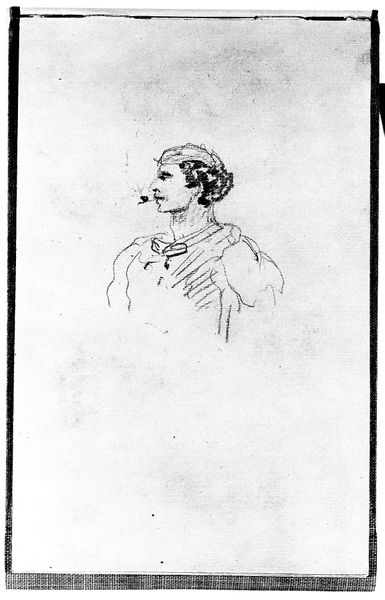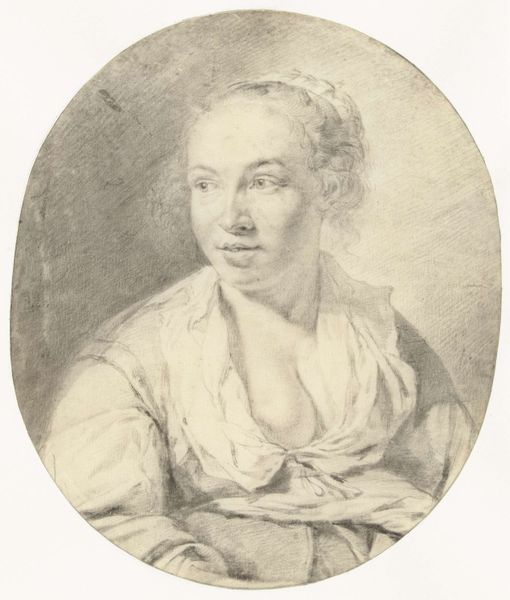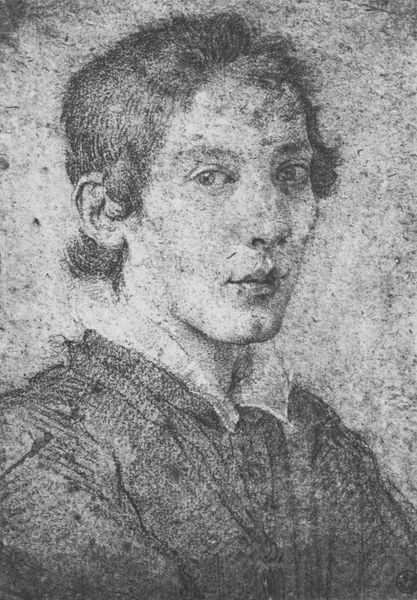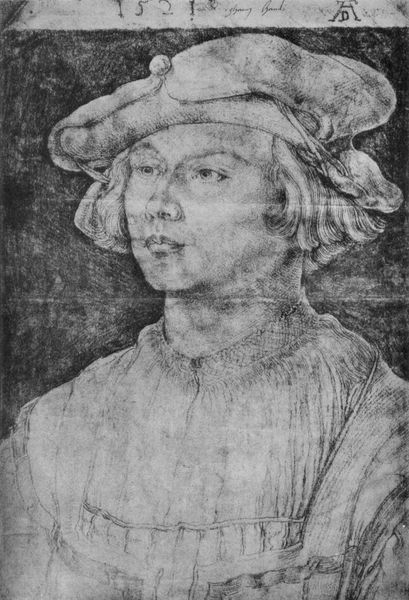
drawing, charcoal
#
portrait
#
drawing
#
self-portrait
#
baroque
#
charcoal
#
charcoal
Copyright: Public domain
Here is a sketch made by Rembrandt van Rijn. In it, we see the artist capturing his own likeness with swift, assured strokes. The turban he wears is not merely a piece of fabric, but a symbol, laden with historical and cultural weight. Throughout the Renaissance, the turban became a visual shorthand for exoticism and otherness, often associated with figures from the East in paintings. Think of how it appears in depictions of the Three Magi, or the Ottoman dignitaries portrayed by Venetian artists. It speaks of a fascination with distant lands, a visual echo of the spice routes and the cultural exchanges that shaped Europe. Yet, in Rembrandt's self-portrait, the turban takes on a new resonance. It’s a theatrical prop, a costume donned for the purpose of artistic exploration. What does it mean to assume this identity? Does it allow him to transcend his own time and place, to tap into a deeper, more universal vein of human experience? The turban is more than just a fashion statement; it's a bridge across cultures, a nod to the ever-shifting currents of history.
Comments
No comments
Be the first to comment and join the conversation on the ultimate creative platform.
